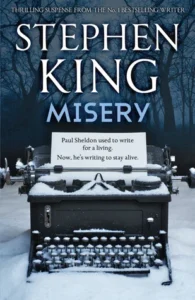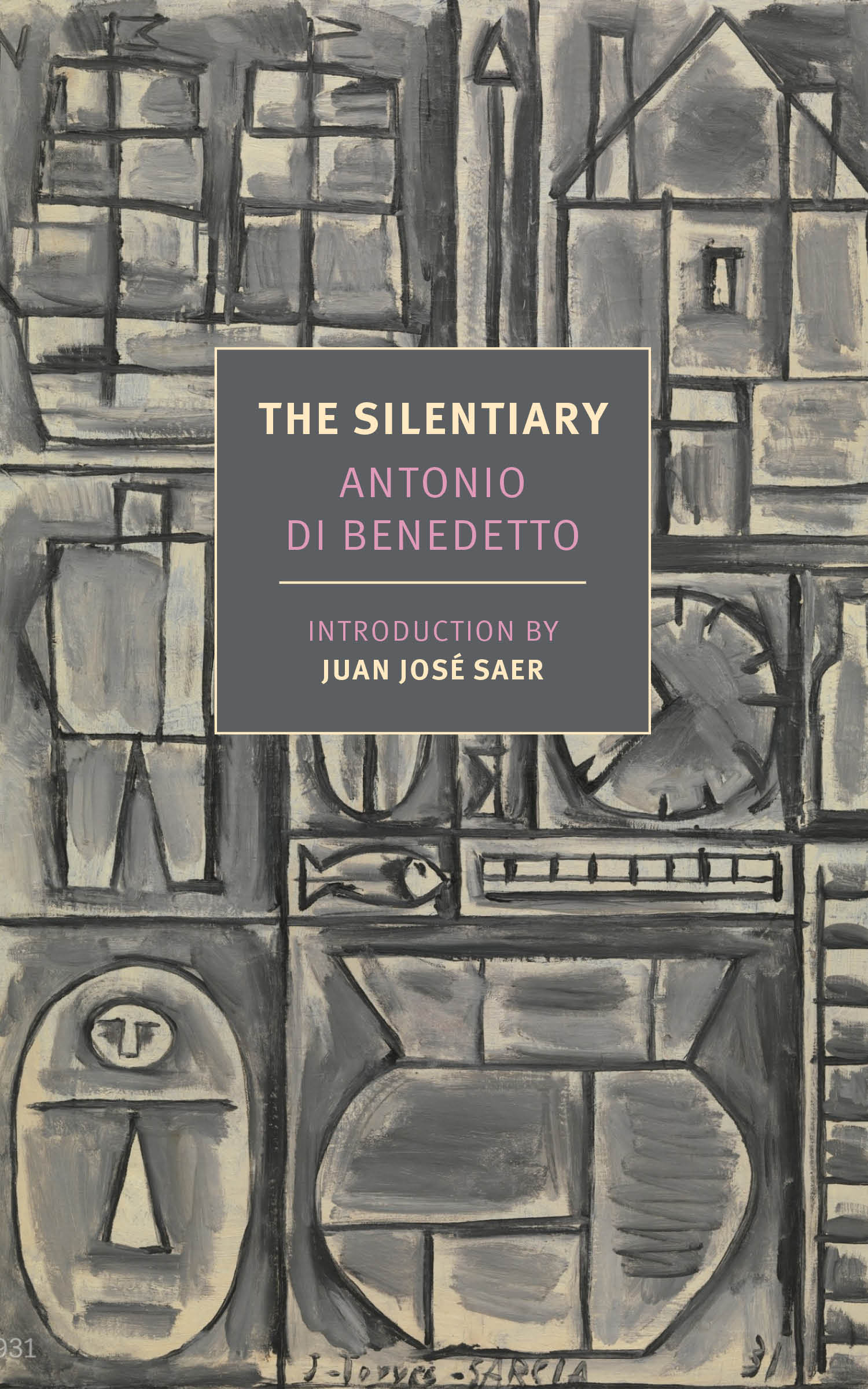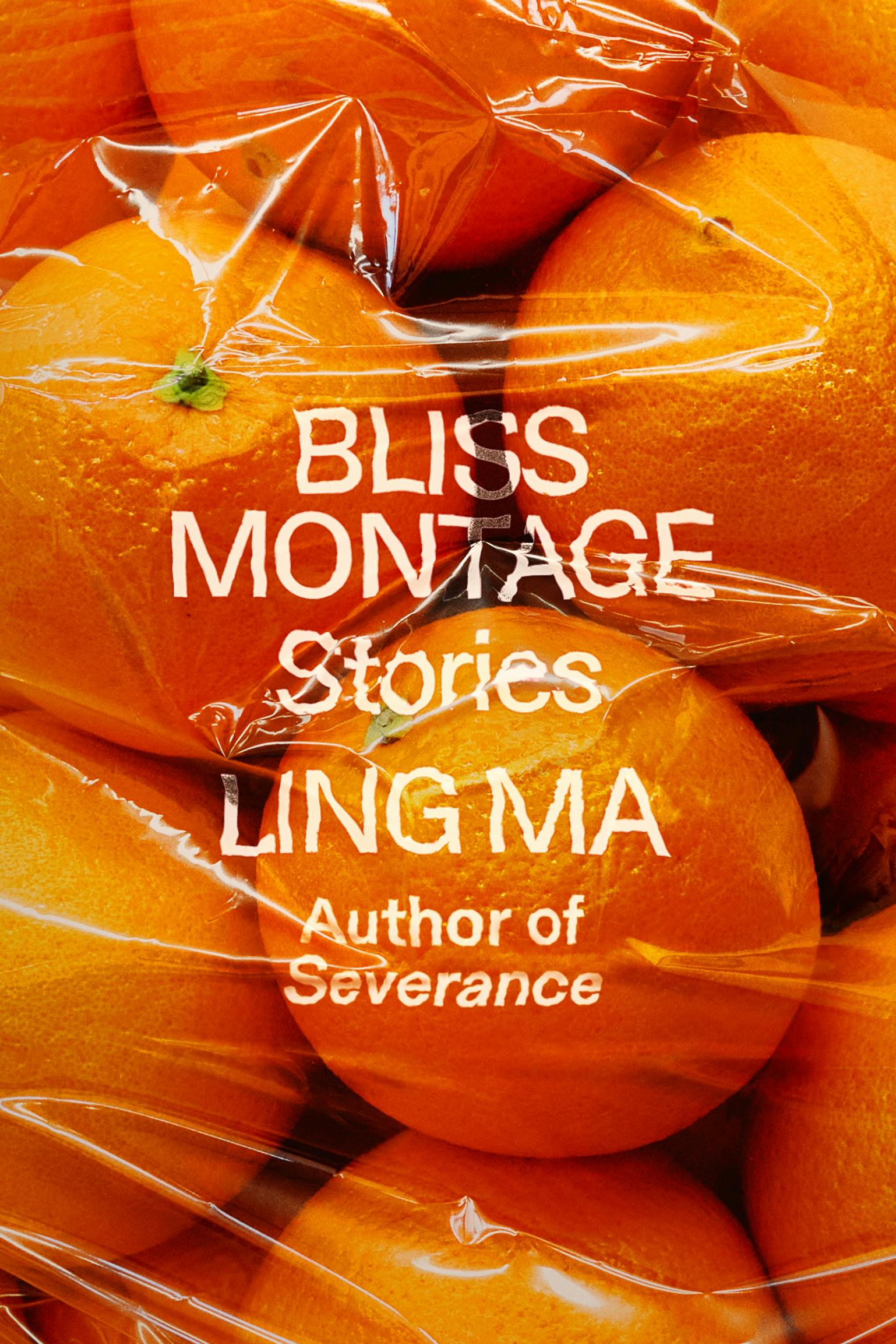by Stefan Zweig (1982)

2025 reads, 6/25:
“A hundred times I’ve taken postcards out of the mailbag, picture-postcards showing gray Norwegian fjords, the boulevards of Paris, the bay of Sorrento, the stone monoliths of New York, and haven’t I always put them down with a sigh?”
The Post-Office Girl is a horror story.
No, not in the sense of the supernatural, or serial killers, or monsters, or even pure evil. Here, author Stefan Zweig tells the tragedy of Christine, an impoverished postal worker who has been given the opportunity to stay with her rich aunt in a bourgeois hotel in the Swiss Alps. Her story is uneasy and unsettling, as we witness someone who has nothing be given everything – just to have it all taken away again.
Set in 1930s, the Great War having taken a toll on many (including Christine’s father and her friend Ferdinand), Zweig presents an unfiltered view into the realities of postwar Austria. The inflation, famine, and trauma seem to affect everyone, both rich and poor, but one group clearly has an easier time bouncing back.
“His own generation’s sour unwillingness to recognize the truth and its inability to adapt to the postwar era anger him, as does the younger generation’s smart-alecky thoughtlessness.”
But it’s not presented as a black and white issue. By switching between the point-of-views of Christine and her aunt in this first part of the book, the “rich vs. poor” is not represented as “good vs. evil” – Christine meets people at this hotel who mean well, who sympathize with her, and appreciate her company regardless of background. In fact, one of the most crucial lines in the novel is uttered by Christine in the second part, after she’s abruptly thrown back into her monotonous routine: “I don’t mean ‘why not me instead of [them]’…Just ‘why not me too.’” There is no desire to bring others down, she just wants herself to be lifted up. This jump starts the second half of the book, as Christine meets Ferdinand, another deprived soul. Together, they talk about their experiences, and through many monologues by Ferdinand, we learn his views on class, on capitalism, and the shaky postwar Austrian government.
“How terrible it is to have to live here, and why, who’s it for? Why breathe in this day after day, knowing that there’s another world out there somewhere, the real one, and in herself another person, who is suffocating, being poisoned, in this miasma.”
Since this was published from unfinished manuscripts, Zweig leaves us with something of an open ending, which might be unsatisfactory to some – but I don’t mind speculating on how the story continues, and personally, I’m choosing a (comparatively) happy ending. Or maybe this was Zweig’s intent all along, and he wanted the ending written as is, open for interpretation.
So, what’s more dangerous than someone who has nothing? Someone who had everything first. As essayist William Deresiewicz writes in the afterword, “midnight has struck for Cinderella, but there will be no glass slipper and no prince,” as she is whisked out of that world almost as soon as she is whisked in. At least, this is the main takeaway I get from Zweig. The Post-Office Girl is a great historical gem of a novel – but reader beware, as you may find yourself preferring a supernatural thriller or monster horror.
“At worst we’ll lose, but when did we ever win?”
Postscript: I’ve been finding tons of great literature at New York Review Books. They bring to light unfamiliar works (unfamiliar to me, that is), usually having been translated for the first time. Someone called them “the Criterion Collection for books” and I can’t stop thinking of that. It’s how I found one of my favorite books of last year, Notes of a Crocodile. Any books I find and read through this site will have the #nyrb tag, so check them out!
#readingyear2025 #nyrb #german











